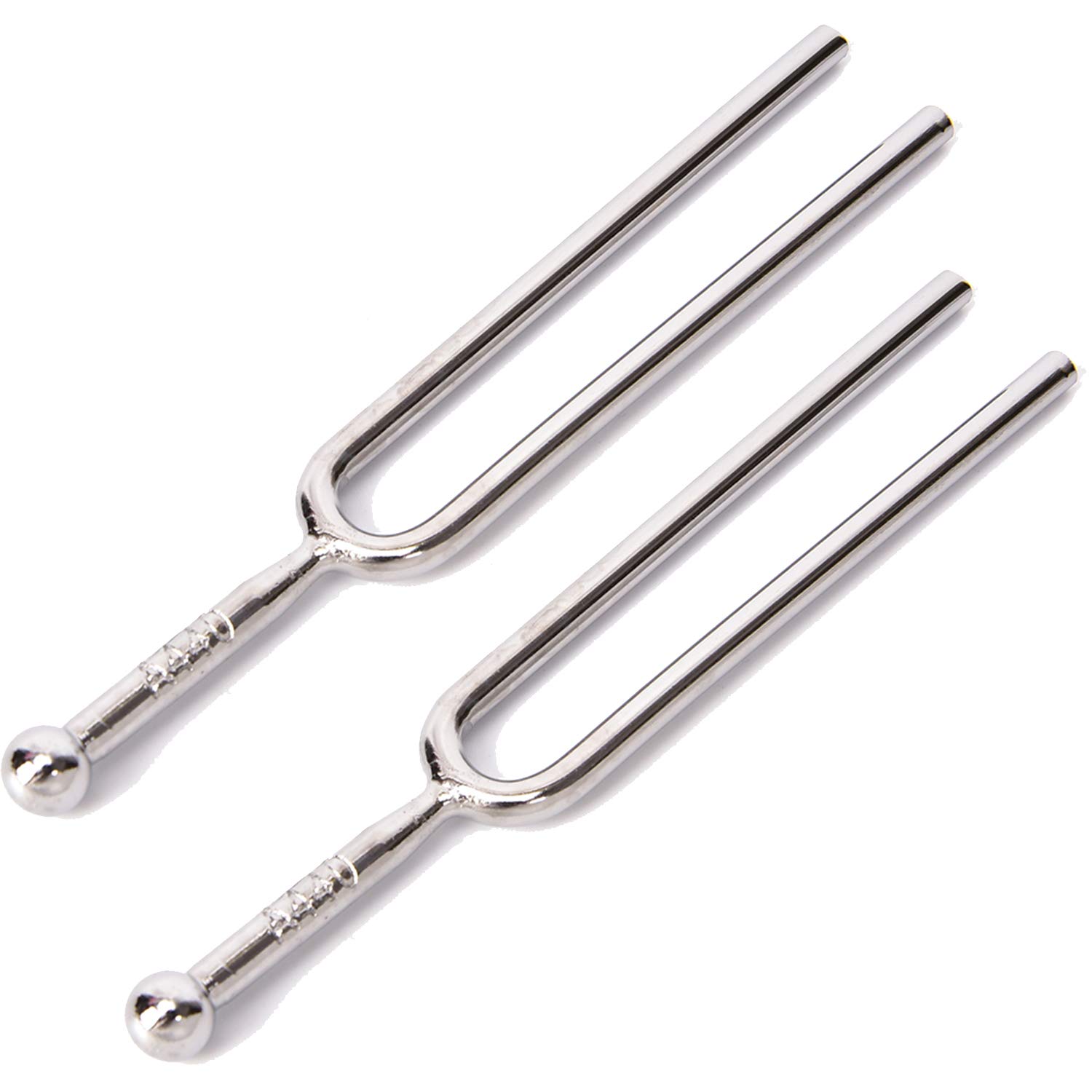-
 NFD-2312
$0.00 × 1
NFD-2312
$0.00 × 1 -
 SCHUHKNECHT
$0.00 × 1
SCHUHKNECHT
$0.00 × 1 -
 BARRON
$0.00 × 1
BARRON
$0.00 × 1 -
 Extracting Forceps - English Pattern
$0.00 × 1
Extracting Forceps - English Pattern
$0.00 × 1 -
 Ligature Cutter
$0.00 × 1
Ligature Cutter
$0.00 × 1 -
 GOLDMANN FOX
$0.00 × 2
GOLDMANN FOX
$0.00 × 2 -
 STANDARD
$0.00 × 2
STANDARD
$0.00 × 2
Subtotal : $0.00

